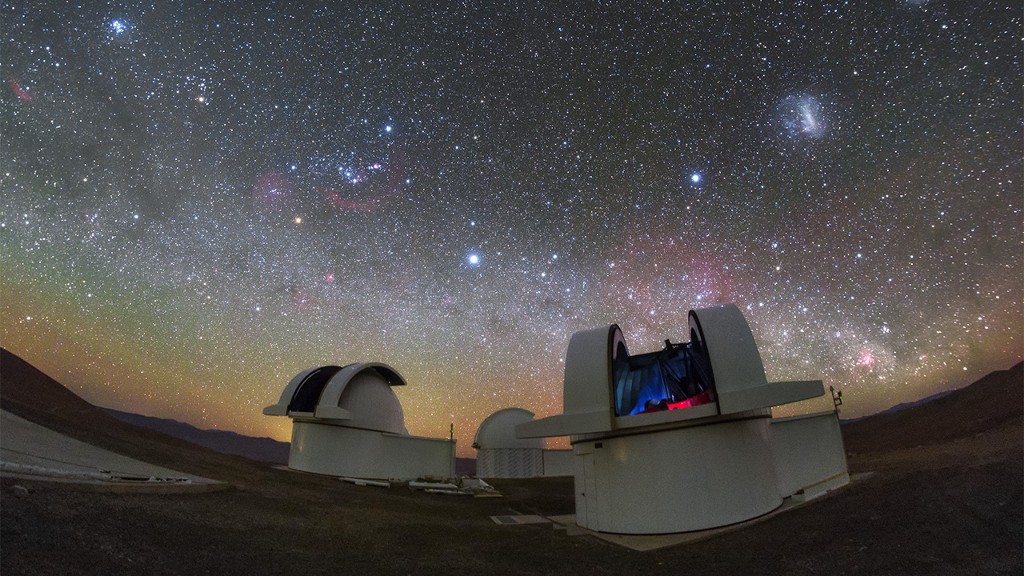The recently discovered exoplanet LP 890-9c is located approximately 105 light-years away and is believed to have the right conditions for extraterrestrial life. “There may be liquid water,” says one of the researchers behind the discovery.
The star LP 890-9 is the second coolest star discovered and also contains planets in its solar system. It is located about 105 light-years from Earth, and is orbited by a pair of exoplanets with great potential.
Discovered by NASA satellite
Two super-terrestrial planets have been identified in the planet’s solar system, by a research team led by the University of Liege, Belgium. Their study has now been published in the scientific journal Astronomy and astrophysics.
A super-Earth is a planet with a mass greater than Earth, but less than large gas giants such as Uranus and Neptune.
The two outer planets are called LP 890-9b and LP 890-9c. The first was originally discovered by NASA’s Tess satellite, and has now been closely examined with Speculoos telescopes located in Chile and Tenerife and used to search for potentially habitable planets outside our solar system.
The plane is in the habitable zone
LP 890-9b is about 30 percent larger than Earth, and orbits its star in just 2.7 days. The second planet, which researchers discovered when they had to examine 9b more closely, is about 40% larger than Earth and has an orbit of 8.5 days.
Despite its short orbit around the star, the research team believes LP 890-9c has very great potential. The planet is judged to be located in the so-called habitable zone, where conditions may be right to be able to sustain life.
Comparison of Earth and LP 890c. Photo: Adeline Deward/RISE-Illustration
Although the planet orbits close to its star, at a distance about 10 times shorter than that between Mercury and the Sun, the amount of solar radiation is still low and there can be liquid water on the planet’s surface, provided that. It has enough atmosphere, says Francisco J. Puzuillos, a co-author on the study, in a press release.
‘Most promising exoplanet’
That’s because the star LP 890-9 is much smaller than our sun and only has half its surface temperature.
It explains why LP 890-9c, despite being closer to its star than Earth to the Sun, can still have the right conditions for life, says Francisco J. Puzuillos.
The university believes LP 890-9c is the second most promising exoplanet they know Planets discovered in the star Trappist-1.
The research team in Liege now plans to try to study the planet’s atmosphere more thoroughly with the help of other scientific instruments, including the James Webb Telescope.

“Entrepreneur. Freelance introvert. Creator. Passionate reader. Certified beer ninja. Food nerd.”







More Stories
Logitech Steering Wheel News: New Steering Wheels, Gear Lever, and Handbrake in Direct Drive Series
Garmin Launches inReach Messenger Plus App
Why Rare Earth Metals for Electric Cars Are Crucial for Modern Mobility